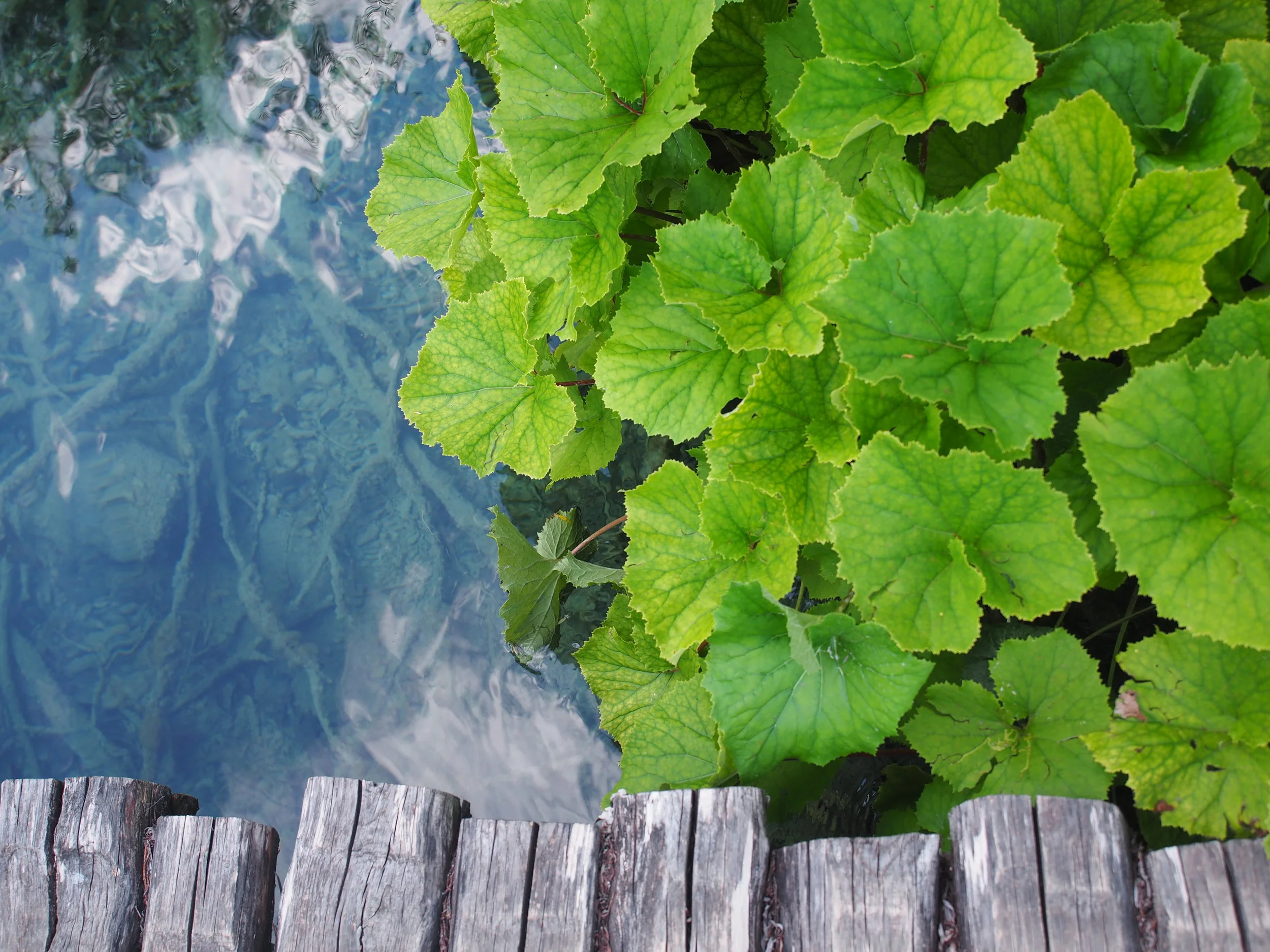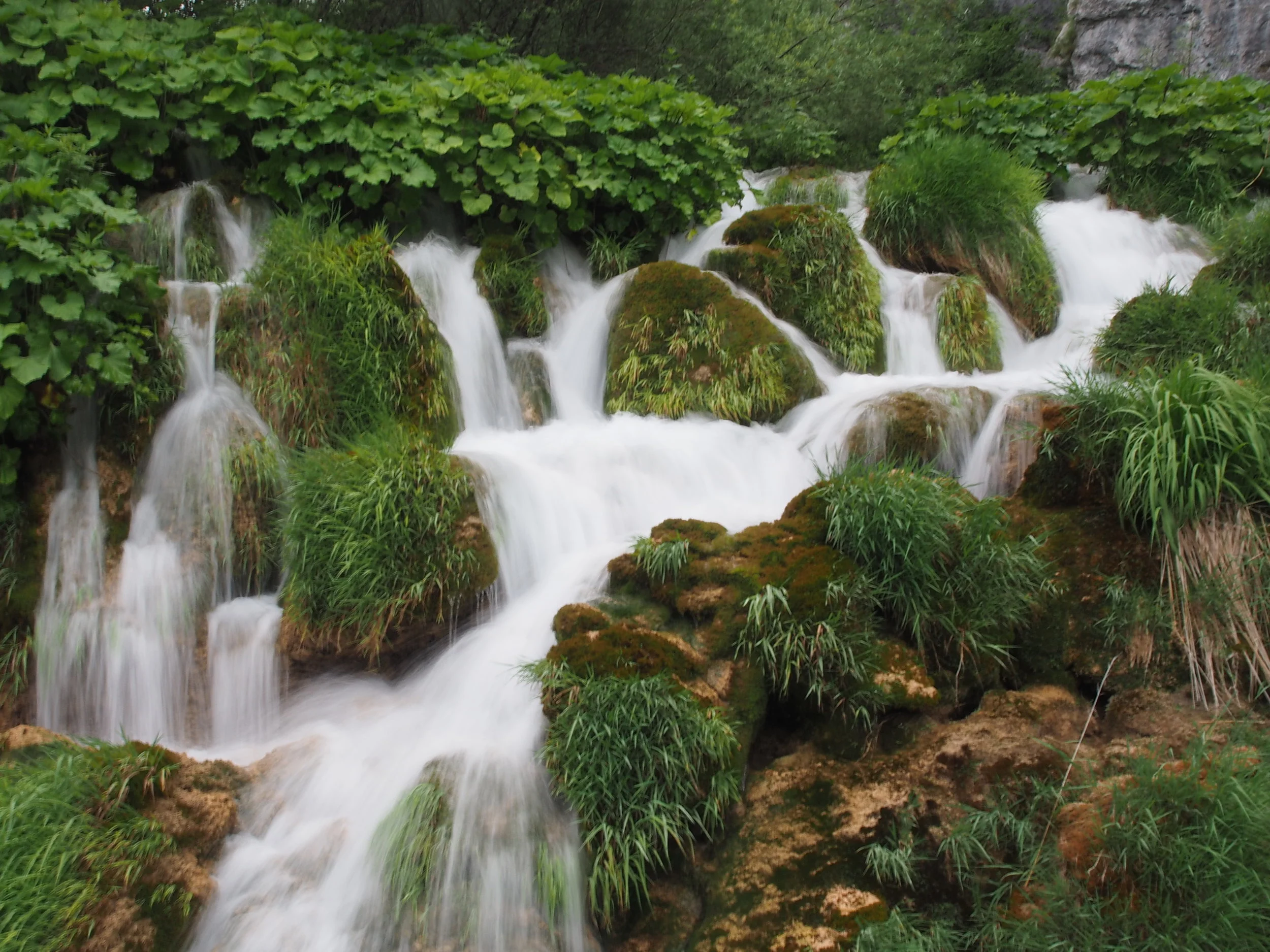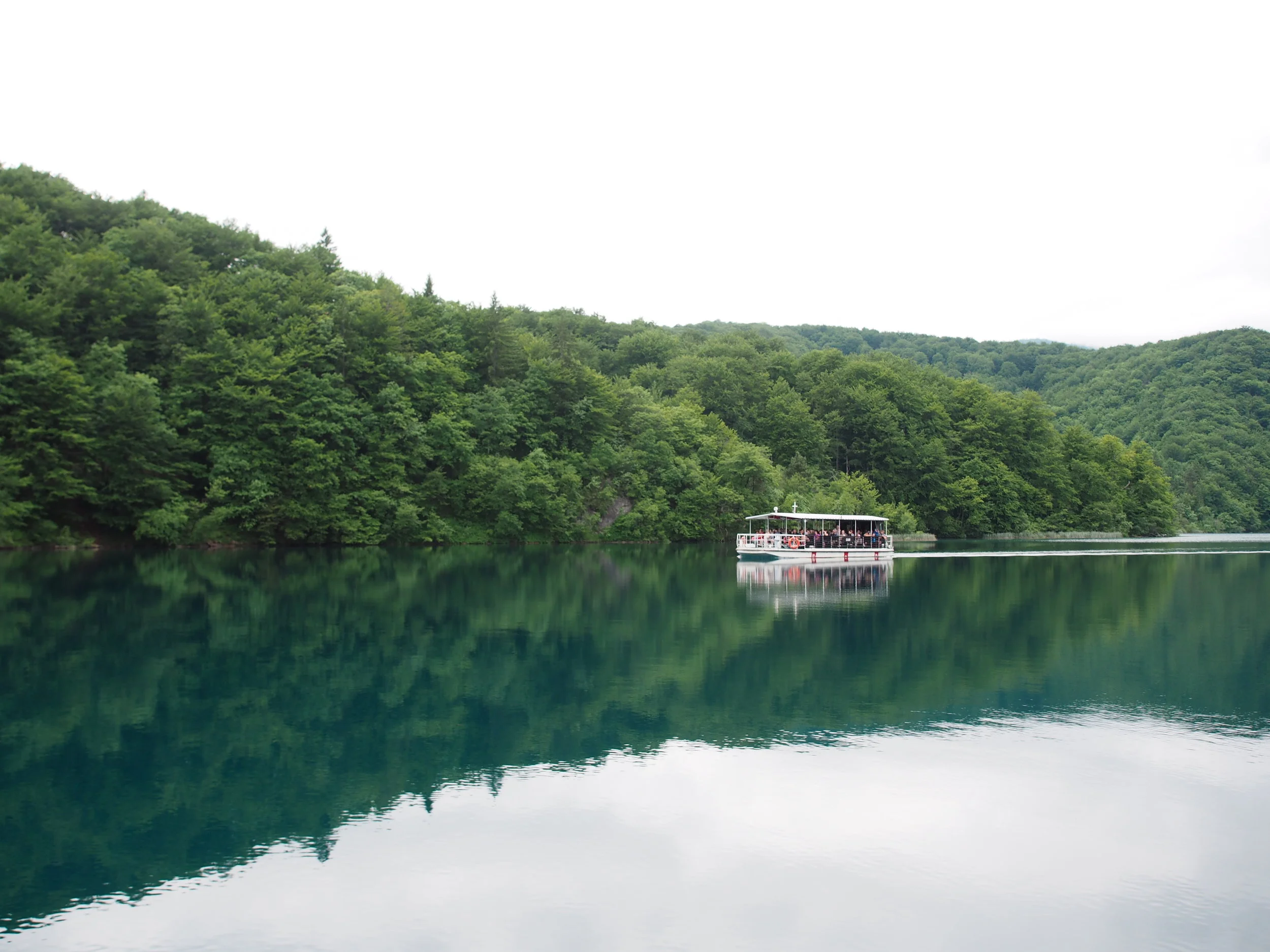From terrorist attacks in Britain to dramatic hearings in Washington, it's been tough to tear myself away from the news alerts crowding my iPhone screen with numbing regularity the past few weeks.
But during the two days we spent rambling through central Croatia's Plitvice Lakes National Park earlier this month, the outside world was all but washed away - thanks to a constant soundtrack of rushing water and verdant vistas that alternated between intimate and cinematic.
Created in 1949 and named a Unesco World Heritage site three decades later, the cascading chain of 16 lakes, streams and nearly 100 waterfalls known as Plitvice ("PLEET-veet-say") was formed by a type of porous limestone called travertine. Hikers cross-cross the liquid landscape via four-foot-wide wooden boardwalks - almost like walking on water - and are surrounded by a thick canopy of beech and spruce trees.
To be sure, our escape into nature didn't include an escape from fellow tourists. Like so many other destinations we visited in Croatia, Plitvice Lakes is suffering from visitor overload; Unesco warned park officials last year that nearby construction and excessive crowds of to 15,000 people a day could threaten its protected status.
We broke up our stay, and maximized our solitude, by hitting the park's Lower Lakes from 4 p.m. to closing time at 7 p.m., and the Upper Lakes as soon as the park opened at 7 a.m. But by mid-morning, the boardwalk jostling reminded me of D.C.'s Tidal Basin during the peak cherry blossom bloom - or the scrum of photographers at former FBI director James Comey's Congressional hearing.















